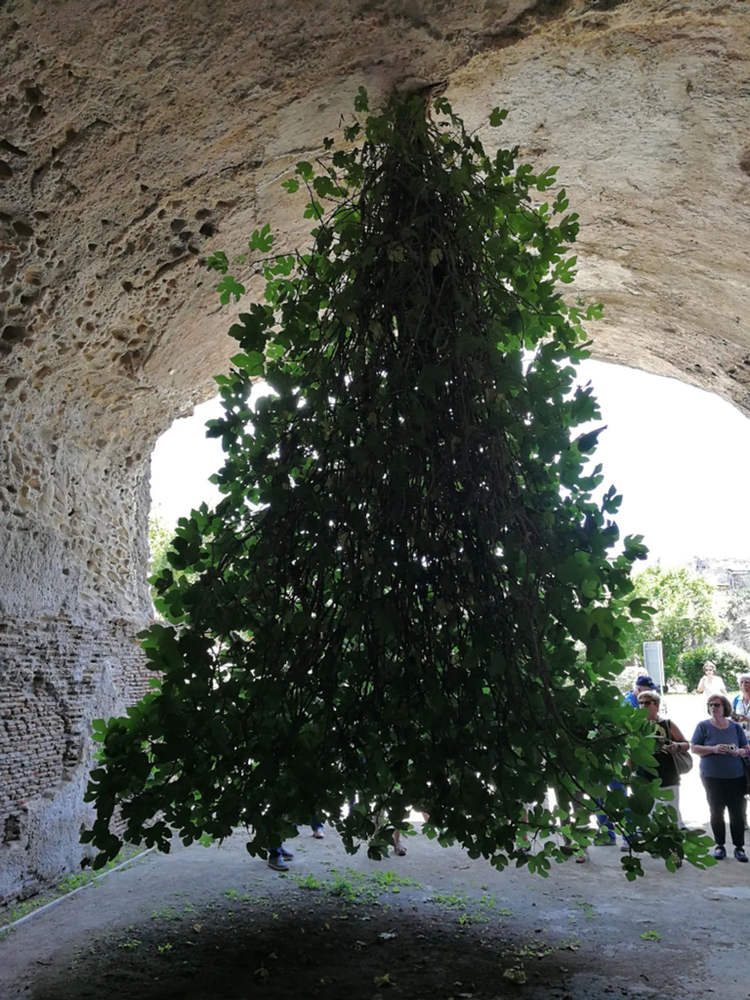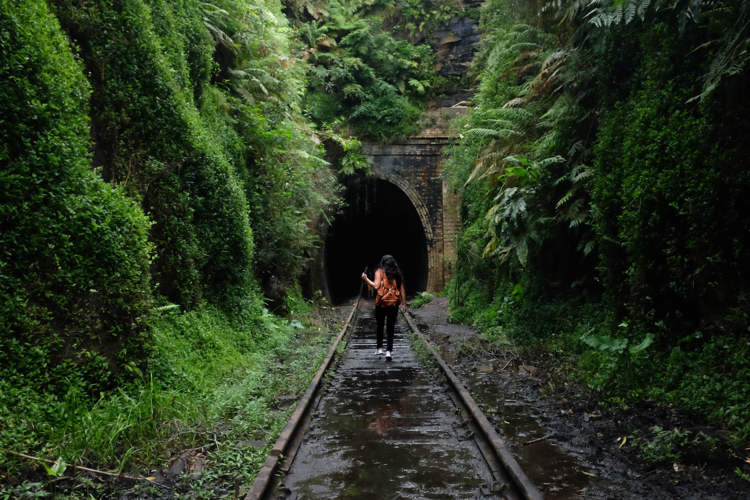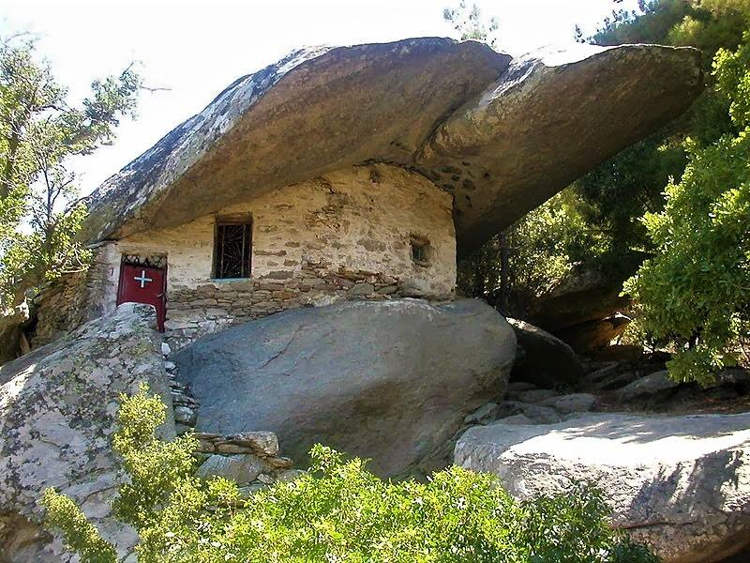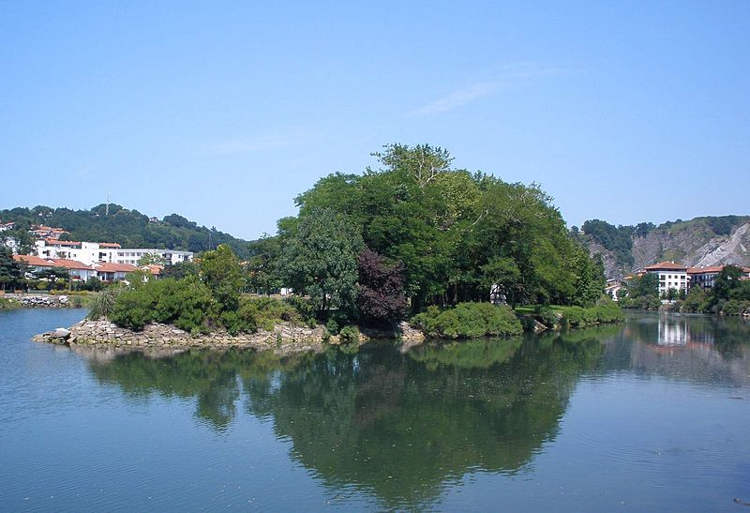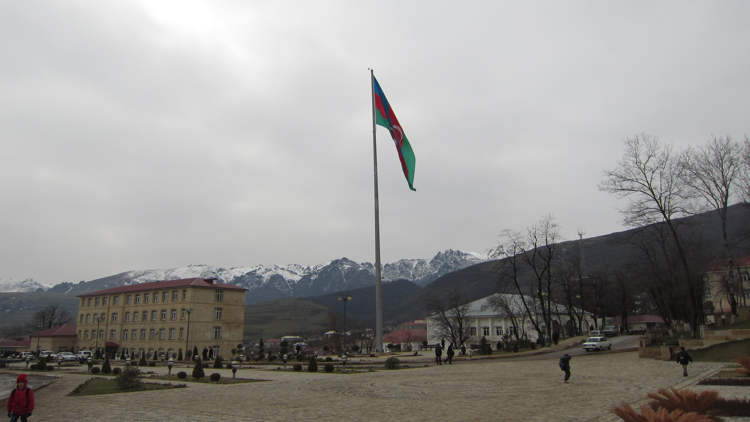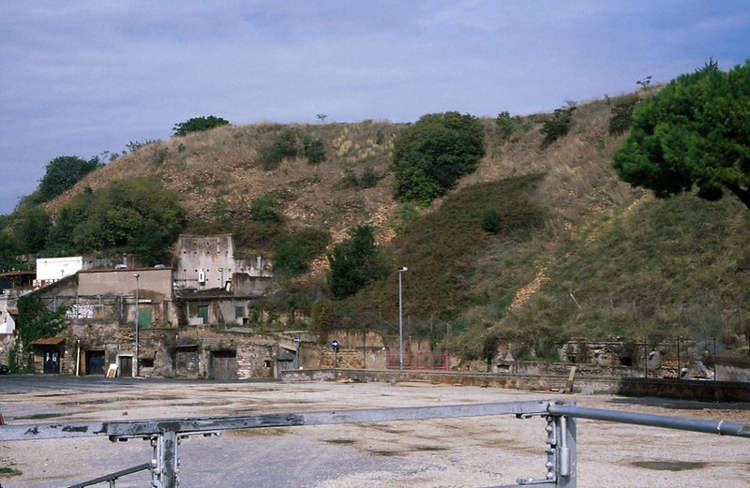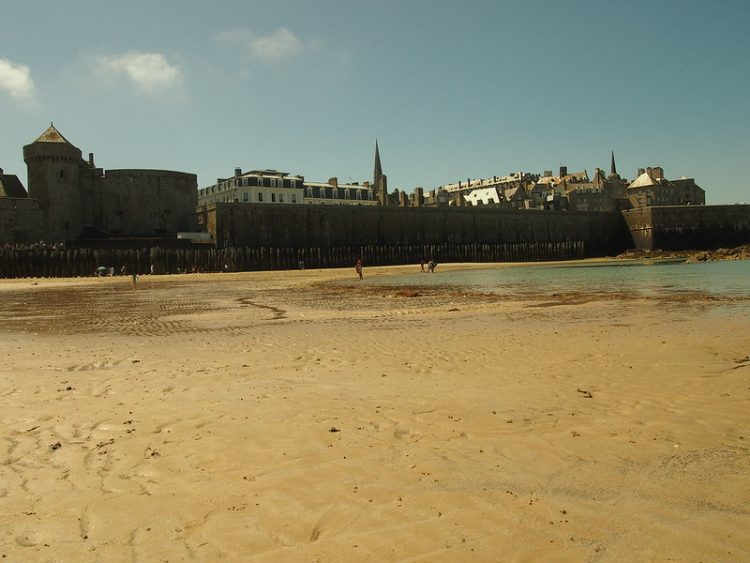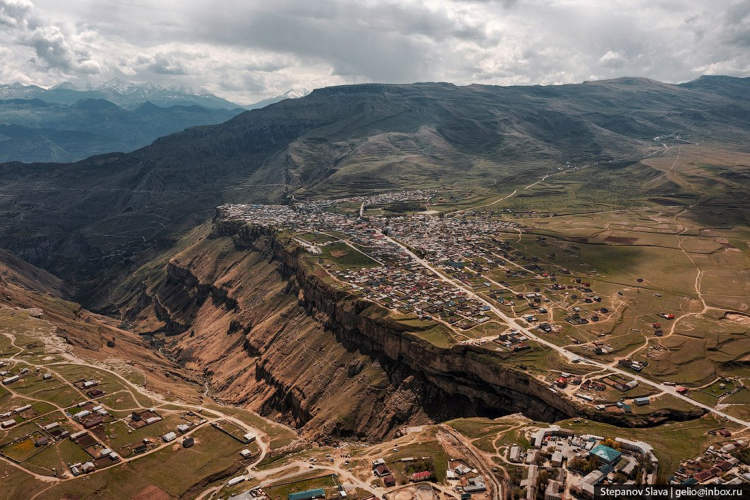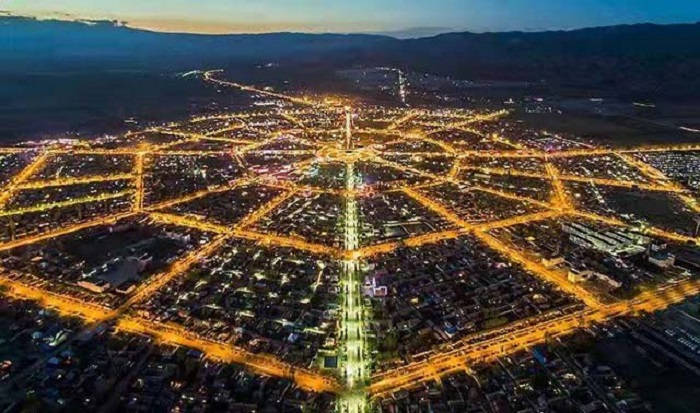The ancient ruins of Baiae, near the modern city of Bacoli, in Italy are home to a botanical oddity known as the upside-down fig tree.
Looking at the tenacious tree growing out of the ceiling of an ancient Roman archway, it’s easy to see why it’s called the upside-down tree. It is literally inverted, growing toward the ground, which is quite rare. No one knows exactly how the fig tree ended up there, or how long it has been growing for, but one thing is for sure – despite its bizarre location, the fig tree if Baia is growing stronger every year, and sometimes it even bears fruit.

